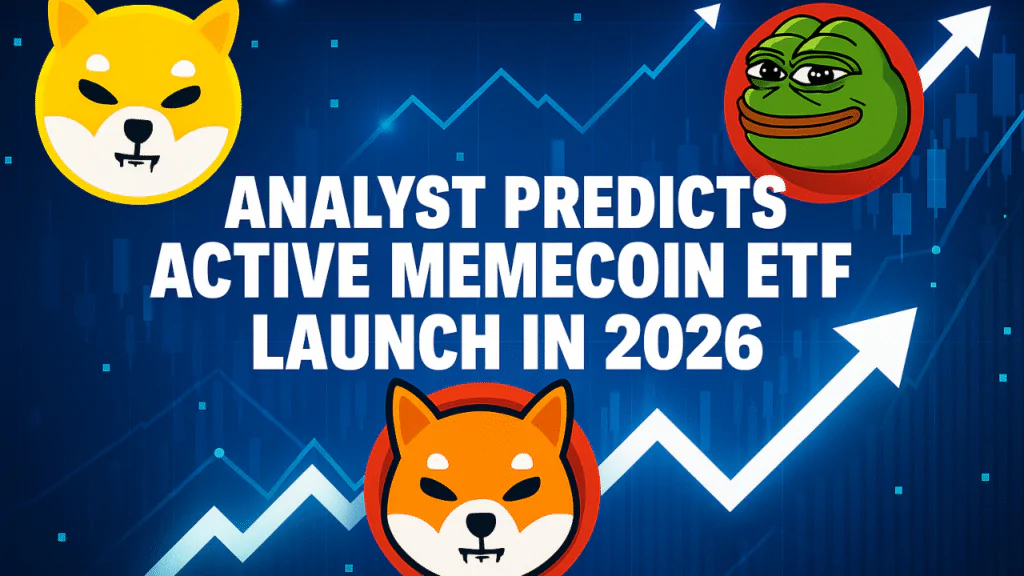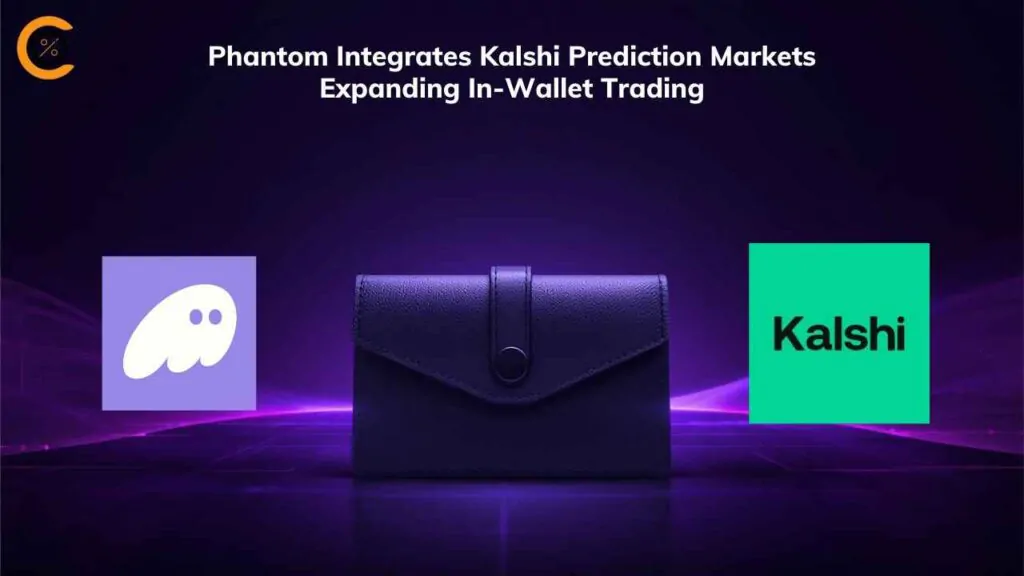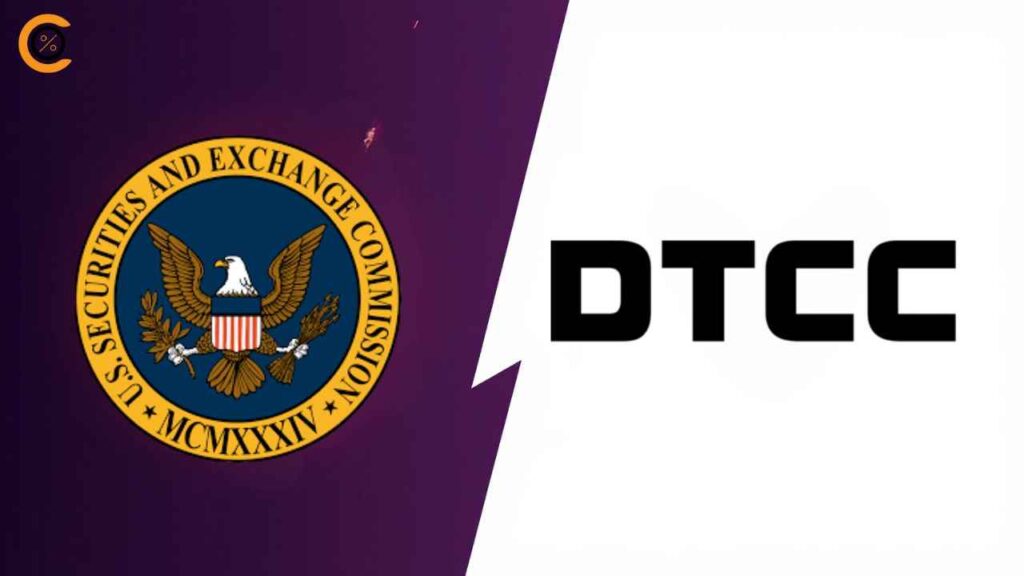- Bloomberg’s Eric Balchunas sees the first actively managed memecoin fund arriving in 2026 once regulators approve a wave of crypto ETFs.
- Retail traders drove memecoin market value above $60 billion this year, but tokens have since fallen 70–85 percent, making active allocation shifts appealing.
- Multiple spot Dogecoin ETF filings will set the SEC’s tone—approval of DOGE would clear the path for broader memecoin products.
Bloomberg ETF specialist Eric Balchunas recently suggested that exchange‑traded funds dedicated to memecoins could arrive in 2026. In a post on X, he explained that after a wave of actively managed crypto ETFs, the path will be clear for a fund that trades only memecoins. His prediction reflects both growing retail interest in these tokens and several filings for spot Dogecoin products that may set the regulatory tone.
Memecoin Market’s Meteoric Rise
This year saw an explosion in memecoin trading. Retail traders, drawn by stories of quick gains, pushed total market capitalization past sixty billion dollars. Tokens like Dogecoin (DOGE), Shiba Inu (SHIB) and newer entrants such as PEPE grabbed headlines with triple‑digit rallies early in the year. Social media chatter fueled many of these moves. Group chats on messaging platforms and trading forums on Reddit helped coordinate buys that sent prices soaring.
That frenzy also led to dramatic pullbacks. By late spring, most major memecoins were down between seventy and eighty‑five percent from their January peaks. Despite steep losses, the market still boasts high daily volumes. For issuers considering a product that can shift allocations based on performance, this volatility represents both an opportunity and a challenge.
What an Active ETF Would Do
A traditional spot crypto ETF holds a fixed basket or a single token. It buys and holds, offering investors simple exposure. An active ETF, by contrast, would change its portfolio regularly. Fund managers could move capital from weaker tokens into stronger ones, potentially improving returns during choppy markets.
In practice, an active memecoin ETF might allocate more to coins showing momentum, while trimming positions in tokens that have lost steam. Such flexibility can appeal to investors who want guided exposure without choosing individual coins themselves. That said, active management also brings higher fees and the risk that timing decisions fail to capture turnarounds.
Spot Dogecoin ETF Filings Set the Stage
Several issuers have submitted applications for a spot Dogecoin ETF this year. Grayscale, Bitwise and 21Shares all filed in the first quarter. Osprey Funds and Rex Shares even added filings for Official Trump (TRUMP) and Bonk (BONK) ETFs in January.
Those applications matter for two reasons. First, approval of any altcoin ETF under the 1933 Securities Act would represent a shift in how the SEC views tokens beyond Bitcoin and Ethereum. Second, Dogecoin has the strongest brand recognition among memecoins. If regulators green‑light DOGE, it will suggest they see it as sufficiently established and liquid. That in turn paves the way for funds that include a broader memecoin universe.
Implications for Issuers and Investors
For ETF issuers, a successful memecoin fund could attract new investors seeking exposure to high‑potential digital assets. Retail flows into crypto have slowed for established products, so memecoins present a fresh marketing angle. Yet branding alone will not suffice. Issuers must convince both regulators and allocators that their process adds value.
Investors, on the other hand, gain a hands‑off way to access memecoin upside. Instead of buying dozens of separate tokens and worrying about wallets, they hold shares in a single fund. But they also pay active‑management fees, typically higher than spot ETF costs. They must decide whether the extra charge is worth the potential outperformance.
Looking Ahead
If the SEC approves a spot Dogecoin ETF later this year, the door opens to active memecoin products in 2026. Issuers will closely monitor review timelines, public comments and any guidance issued. In parallel, they may begin setting up operations; securing custodians, drafting prospectuses and building index methodologies.
From an investor’s standpoint, the next twelve months will reveal how regulators view memecoins and whether active management can navigate their wild price swings. Either way, the era of memecoin ETFs is no longer a distant possibility. It is shaping up to be the next frontier in crypto products.







